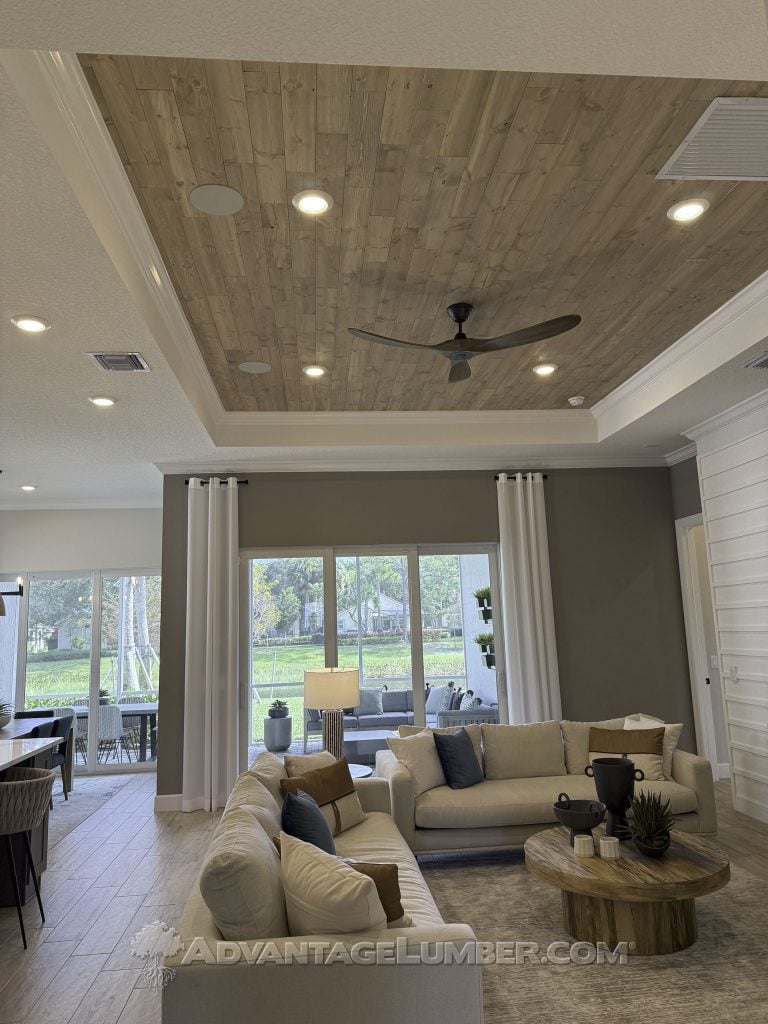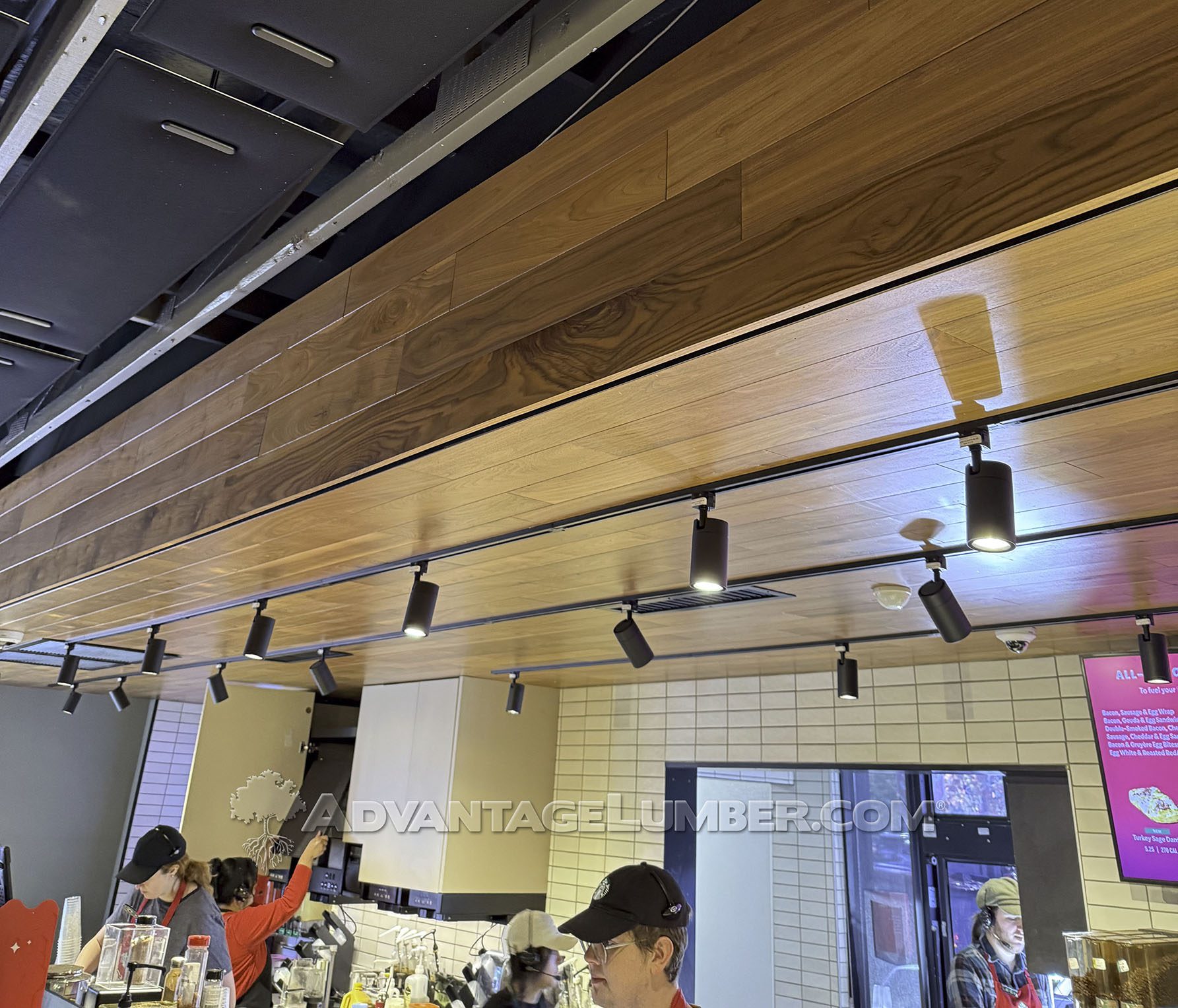When most people hear “wood flooring,” they picture on the floor where you see wood planks stretching across a dining room or hallway. But here’s a question that’s sparking curiosity: can you put wood flooring over drywall?
The answer is a resounding yes, and it’s not just a quirky one-off idea. In fact, using wood flooring on ceilings and walls, installed right over drywall, is catching on as a hot design trend that’s redefining interiors.
Think about it—wood flooring isn’t limited to the ground anymore. Homeowners and designers are getting creative, mounting it on vertical surfaces or overhead to add a fresh twist to traditional spaces. You’ve likely seen it popping up in home makeover shows or Pinterest boards: a striking wood-paneled accent wall or a cozy ceiling clad in hardwood planks, all layered over a drywall base. It’s a look that’s gaining momentum, and for good reason.

Why go this route? Wood brings something drywall alone can’t—warmth and a luxurious vibe. Drywall is a workhorse in construction, no doubt, offering a smooth, neutral canvas. But let’s be honest: an entire home wrapped in drywall can feel a bit flat or uninspired. Enter wood flooring.
Whether it’s rich mahogany, weathered cedar, or sleek maple, wood introduces texture and a natural glow that makes a room feel alive. It’s like swapping a plain white tee for a tailored jacket—suddenly, there’s depth and personality.
The practical side of this trend is pretty appealing too. Installing wood flooring over drywall is simpler than you might think. On walls, you can glue or nail planks directly to the drywall, provided it’s securely fastened to studs.
For ceilings, lightweight wood options work best, and as long as the joists can handle the load, you’re golden. No need to rip out the drywall or start from scratch—it’s an upgrade that builds on what’s already there.
Beyond looks, wood adds subtle perks. It can soften sound in echo-prone rooms and plays well with any style, from farmhouse chic to modern minimalism. And with so many finishes and types of wood available, you can tailor it to your vision—bold and dramatic or soft and understated.
Now, this doesn’t mean you should cover every drywall surface in your home with wood flooring. The key is moderation—a single accent wall or a ceiling focal point can work wonders without overdoing it. Compared to a house dominated by drywall, this touch of wood creates a luxurious contrast that feels both welcoming and high-end.
So, can you put wood flooring over drywall? You bet—and it’s a trend that’s here to stay. If you’re craving a way to warm up your space and add a dose of elegance, this might just be the perfect project to try.
